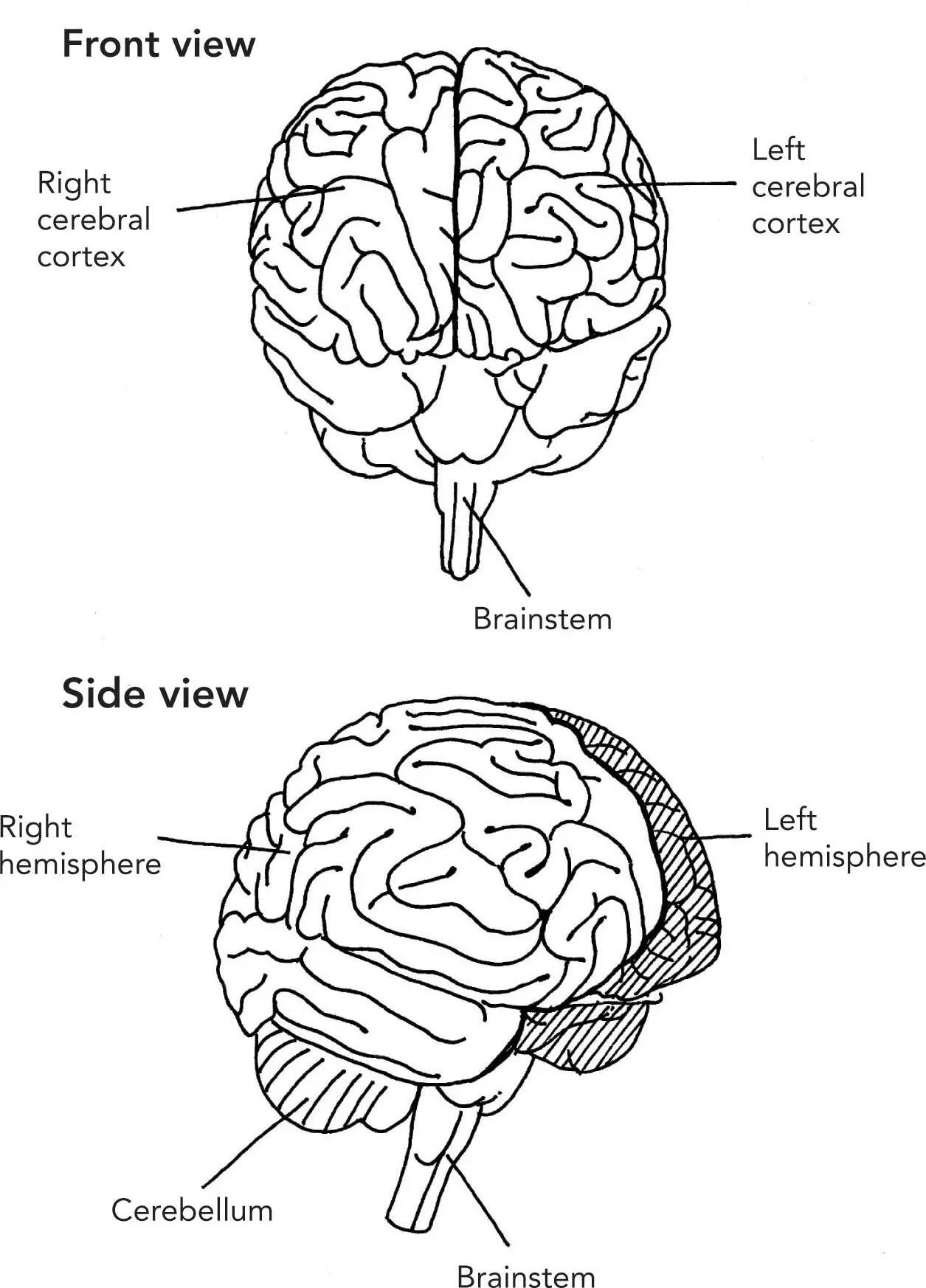Pressure is universal. No matter what our level of performance, we all fall victim to it in the same ways.
Pressure is real. What happens inside our heads and bodies – anxiety, tension, frustration, exasperation, foggy thinking, tunnel vision – is not imagined. And when it comes to the effects of pressure, there is no immunity.
Pressure is a mystery. The simple rules of the external world of cause and effect don’t hold. The mental world is a non-linear, invisible, cryptic one, where our unconscious often lurks in the background with sinister intent. With success within their grasp – and therefore also the prospect of failure – some people suddenly collapse under pressure, and we don’t really understand why. Because the mental world seems hard to comprehend, many people don’t make an effort to do so. The very thing that is the most variable, and has the greatest impact, is the least pursued.
Pressure is captivating. Tight sporting contests, precarious business decisions and tense armed stand-offs seem very different situations, but they draw us in for the same reasons. We don’t know how they will turn out, and the outcome matters. Predictability is boring and, especially when the stakes are high, unpredictability is thrilling.
Pressure is perilous. The knife-edge, risk–reward seesaw explains why many people do everything they can to avoid or escape from stressful situations.
But a minority of people do the opposite. They walk towards these moments of truth, seeking the things they also fear.
Pressure can be an incredibly sobering, painful or even crushing experience, from which we may struggle to recover, or a stirring, heartening one, which resets our life trajectory upwards.
Welcome to the world of pressure.
At the heart of pressure is fear. But not all fear is equal.
Imagine someone is walking in the country, in a relatively reflective state, when a wild dog bursts into their path, locks eyes with them, snarls and runs directly at them.
How do they react? Their eyes fixate on the dog, their body becomes tense and their thinking shuts down, all in a split second. They are in a state of fear.
Now imagine a golfer leading his first big championship by one shot. (Please note that all examples in this book, unless otherwise stated, are fictional and any resemblance to real situations is purely coincidental.) At the final hole he is confronted with a difficult water hazard that has claimed his tee shot in the last two rounds.
How does he react? His eyes fixate on the water, his body becomes tense and his thinking shuts down, all in a split second. He is in a state of fear.
These two reactions look identical at face value. They are both internal fear reactions to external situations. But they’re different in one key respect: the wild dog is a genuine external threat, while the golf hole is not. The golf shot holds the potential for judgment, but no direct physical threat (unless the golfer falls in the water).
The wild dog triggers a split-second reaction, directly provoked by an external stimulus: sharp teeth. But we can’t say the same thing about the golf shot. The golfer’s state of fear is triggered by what the external situation stirs up inside him. The threat is not an animal with teeth, but feelings that bite.
The tournament or crowd don’t directly cause the fear. It’s the change in situation that creates the threat: getting close to the end, on the cusp of winning. Which also means possibly losing, with instant audible and visible judgment from the crowd. This possible judgment stirs up deep-seated feelings from long-forgotten past performances, leading to anxiety and tension.
So, there are two kinds of threat: one that is triggered by real external danger, and one that is prompted by an internal emotional conflict.
Faced with the first kind of threat – the wild dog – just about everyone would have a similar reaction. But in the case of internal emotional threats, there’s a lot of variation in how people react. Some people become fearful and some don’t, with all grades in between.
What determines who becomes fearful and who doesn’t? And when does this become a problem for performance?
To answer these questions, we’ll need to learn more about the human brain …
CHAPTER 2
Chapter 2, Two Minds – Introducing Red and Blue
Our brain is the part of our body that has the greatest influence on our performance under pressure.
Even when a challenge is mainly physical – such as training for a marathon – pressure places demands on us mentally as we solve problems, make decisions, adjust timing, fight through the discomfort, and much more. Our mental response is what makes the difference.
Our brain is easily the most complex organ in our body – in fact, it’s the most complex thing in the universe. The numbers people use in talking about the brain are so big, and at the same time so small, that they’re hard to fathom.
The human brain contains roughly 100 billion neurons (nerve cells), which generate trillions of synapses (connections) with other neurons. At the other end of the scale, the average neuron is just one-tenth of a millimetre in size. A piece of brain tissue the size of a full-stop on this page could hold 10,000 synapses, allowing cells to pass information to each other as they branch out from the brain through the spinal cord and nerves to reach, and control, every corner of our body.
Whichever way we look at it, our nervous system is impressive, even though in terms of our knowledge of its complexity it remains a vast, unknown frontier.
This complexity is necessary for neuroscience, but not for us. Fortunately, we can easily simplify how the brain functions into just two interactive systems.
But first, to appreciate why the RED–BLUE mind model makes sense in performance situations, it will help if we understand some basic facts about how the brain is structured.
We can view the structure of the brain in terms of three parts, or levels.
The first level, located at the base of the brain – at the top of the spine – is the brainstem, which is responsible for our major physiological drives and functions and our basic survival responses. It is fully developed at birth. We share this part of the brain with reptiles and other mammals.
The second level, sitting at the heart of the brain, is the limbic system, which is responsible for processing information about our emotional and physical state, and emotional information about those around us. It develops after the brainstem, going through significant change in the first year of life. A set of nuclei (nerve centres) located around the limbic system, called the basal ganglia, are closely associated with our unconscious physical habits.
The third level is the cerebral cortex– the outer layers of the brain – made up of two halves: the leftand right hemispheres,joined by a thick bundle of fibres called the corpus callosum . The cerebral cortex, which controls advanced mental processes such as language and reflection, is the last part of the brain to develop, and is still maturing in our mid-20s.
THE HUMAN BRAIN
External structure

From the outside, the brain is dominated by two large cerebral hemispheres.
Although nearly all mental tasks are based on a combination of left- and right-hemisphere activity, one will dominate, because they function very differently in terms of the types of information they process.
Читать дальше













